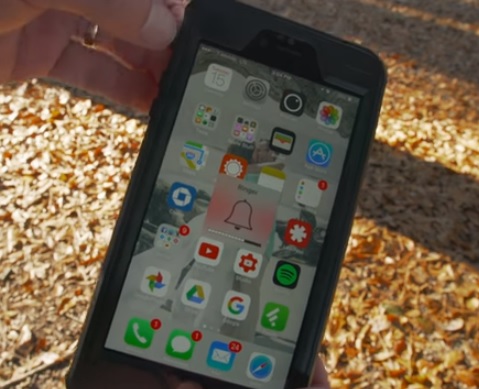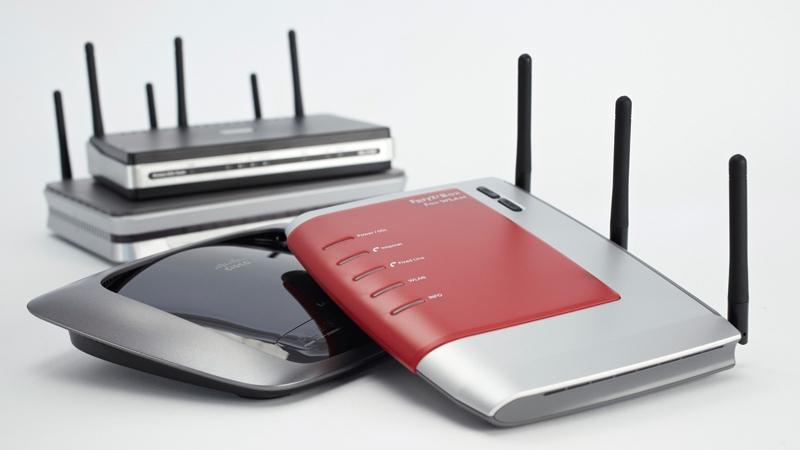Best NAS Drives 2017
NAS drives are like cloud storage: you can access all your files from anywhere, both inside and outside of your home or office. You can use them to store and play your music and video collections, as well as documents and other files.
NAS drive buyer’s guide
NAS stands for Network Attached Storage and as the name suggests it enables you to have a large amount of storage connected directly to your broadband router. This storage is therefore available to all your devices.
NAS drives are designed to be turned on permanently, which means you can have access to your music, movies, photos and documents at all times. Most have timers so you can set them to turn on and off during the hours you want.
One of the most popular reasons to buy an NAS drive is for media playback. Videos can be viewed on your TV, without having to connect a computer.
An NAS drive will use much less power than a regular PC, too, making it much cheaper to run. For ease of setup and ease of use, a dedicated NAS drive is hard to beat.
So what should you look for when choosing one to buy?
Capacity
The first requirement is capacity. You’ll need one that has enough storage to meet your needs now and in the future. Plenty of NAS drives come with no disks at all – these are known as diskless or bare drives. The advantage is that you can choose the drives you want and how much capacity you need.
You can now get disks up to 10TB is size, though for you’ll be paying at least £400 or so for the privilege. 4TB disks are arguably the current sweet spot, at around £120.
Disks for NAS drives
When you choose your disks, look for ones that have been designed to work specifically with NAS boxes. NAS-optimised features include more secure construction providing more resistance to vibration, which makes a lot of sense for a drive that’s designed to be on the whole time. They also offer power management so they can adjust performance based on their temperature.
These drives also offer special features in firmware known by WD as TLER (Time-Limited Error Recovery) and by Samsung and Hitachi as command completion time limit (CCTL). This optimises the error correction for drives when they are installed in a RAID array (explained below) as is usually the case with NAS drives.
RAID
RAID stands for redundant array of inexpensive disks. RAID can be quite complex but at a basic level you’ll want to use it primarily to provide redundancy so if a disk fails your data is still safe. There are many variants but three of the most popular are known as RAID 1, RAID 5, and RAID 6.
Most NAS drives will offer at least two bays, which means that you can set them up as RAID 1. In this scenario the second drive is a mirror of the first, so if one drive fails completely all your data is safe on the other. You can then replace the faulty disk, and rebuild the RAID array (this will take many hours).
RAID 5 requires at least three drives and offers parity data. That means a RAID 5 array can withstand a single drive failure without losing data or access to data. As data is ‘striped’ across three drives, reads are fast, but at the expensive of slower writes because of having to also write the parity data.
RAID 6 meanwhile requires four drives but offers both striped and dual parity, so two drives could fail and the RAID could still recover.
Whichever you choose however, don’t consider RAID to be your only backup of your data. First, you’re relying on the RAID array rebuilding successfully, and while from experience we know that it does work, it is another point of failure.
If the box just dies, or if something catastrophic happens like a fire, you’ll still lose all your data. To mitigate this you’ll want another external backup, preferably to the cloud. Most NAS drives offer native applications for certain providers, but these will require subscription to the service and will not necessarily be from your preferred one.
Hot swap
Another feature to look out for is hot-swap capability, which enables you to take out or add a drive without having to power down first, which could be important if you’re running business applications off your NAS and want to maintain uptime when replacing or adding a drive.
Remote connectivity
You should also consider whether you’ll need remote access to the drive. Previously this required signing up to a third-party DNS service, but these days with most NAS drives you can just sign up for an account with the manufacturer as you set up the drive. Login to the account and they’ll handle the connectivity to your box at home. If privacy is a concern you many not wish to go down this route, but for ease of use it’s the way to go.
Transcoding
It’s also worth considering how powerful you need your NAS’s processor to be. The dedicated operating systems that NAS drives run are lightweight, but a faster processor and more memory will enable features such as transcoding.
This means that any media files will be converted on the fly into a playable format, so you don’t have to rely on your client device being able to play the files smoothly. For example, HEVC H.265 files are becoming popular due to the small file sizes, but devices (aside from the latest 4K TVs) that can play this back natively are still uncommon.
Transcoding will deal with this for you if your NAS is powerful enough. However, if you have 4K files and want to play these on all your devices you’ll need a fast NAS.
Apps
Finally, you might want to consider to what use you’ll be putting your NAS. As well as media a small business user will want to know what applications it has to offer, such as setting it up as an email server, a VPN server, or using it to host a website.
Best NAS drives to buy in 2017
1.
Synology 216+II NAS
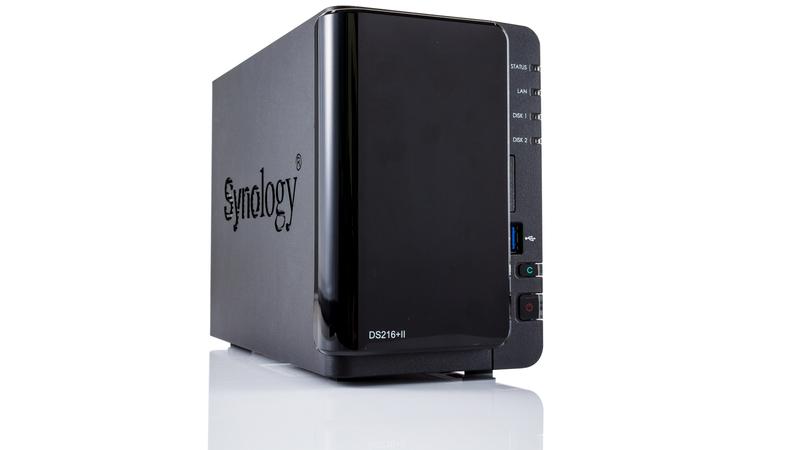
-
Rating:
- Reviewed on: 29 December 16
- RRP: £231.99, US$334
All-in-all the 216+II NAS matched up to our expectations from Synology and will be a very good choice for home or small business use. If you aren’t confident about installing hard disks, then this is the box to get as it’s easy and doesn’t require tools. There’s a huge range of applications to choose from the processor SoC offers plenty of horsepower to run them on too and it all runs quietly. With its fantastically easy installation, setup, app support and general ease of use the Synology is a very solid choice. However, if you like the idea of direct hook up via HDMI you may be swayed by the slightly pricier QNAP TS-251A.
2.
Asustor AS1004T
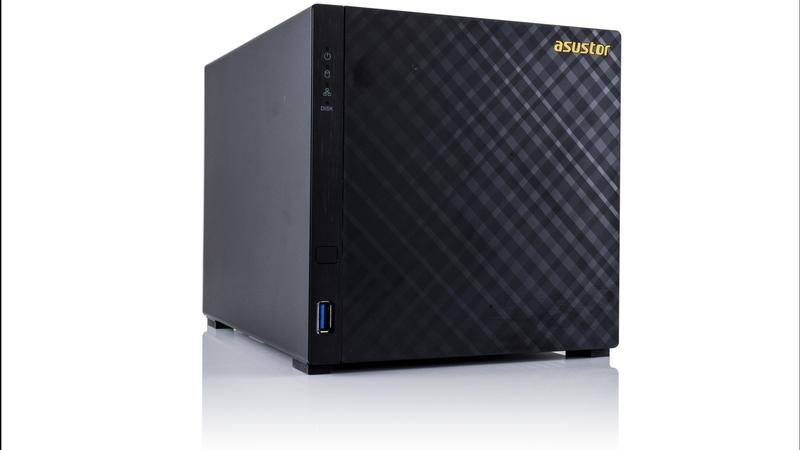
-
Rating:
- Reviewed on: 27 December 16
- RRP: £239.99, US$250.99
We liked the Asustor AS1004T for its ease of installation, it’s relatively quiet operation in normal use and its decent performance. It isn’t fast enough for hardware transcoding though, so you’ll need native support for all your files on all your client devices. Where it trumps the completion is that if offer a four-bay chassis where others at a similar price offer only two. If storage rather than performance is the priority then, it’s a great choice and while the ADM interface isn’t as accomplished looking as some of its rivals it’s got the apps you’ll likely need.
3.
QNAP TS 251A
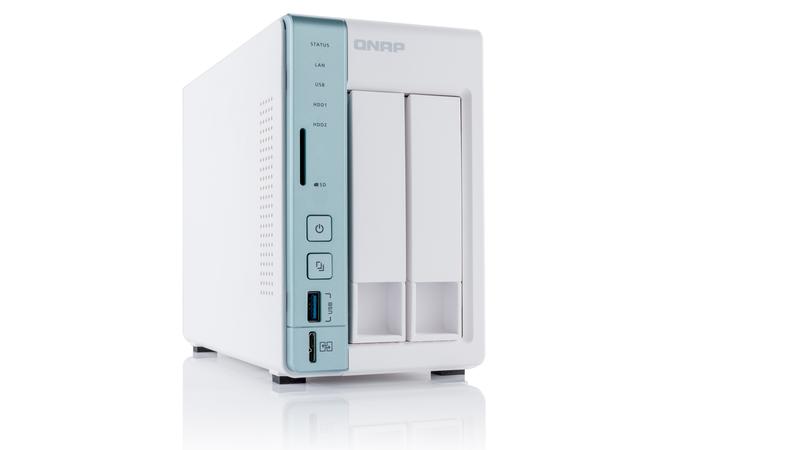
-
Rating:
- Reviewed on: 30 December 16
- RRP: £249.99
The QNAP is an undoubtedly impressive NAS drive. There’s plenty of power for virtually all tasks, and H.265 aside it will handle anything you throw at it. The range of apps is very comprehensive and the interface is excellent. The downside is the lack of support for MKV from its native app, which will mean having to pay for Plex to play files on mobile devices. The unit was also noisier than we would have liked in operation and while it’s good value – it’s not cheap. If you’re willing to stretch to paying this much for a diskless system, the QNAP TS-251A is the best featured NAS drive at the price.
4.
WD My Cloud Mirror 4TB
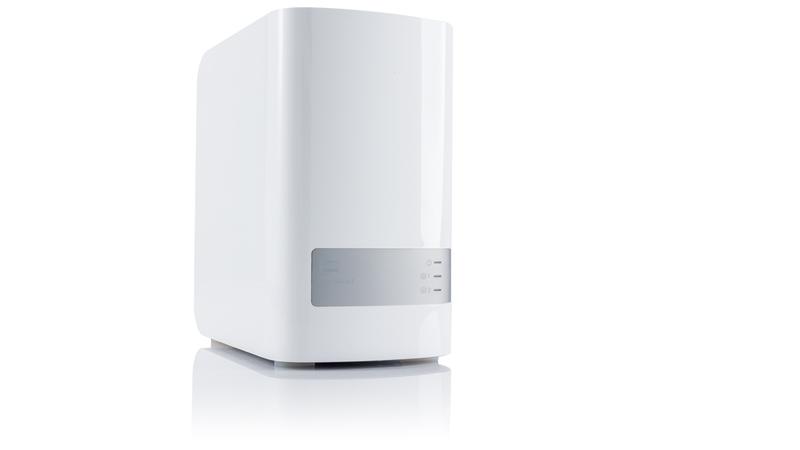
-
Rating:
- Reviewed on: 2 January 17
- RRP: £239.99
When it comes to ease of use the WE My Cloud Mirror is hard to beat. Initial setup is very easy and even sorting our remote access is simple too. For sharing music, movies, photos and documents it works a treat and performance is fine. The downside is that you don’t get the huge range of apps that are available for other brands. However, if you prioritise ease of set up and ease of use the WD is worth looking at and with 4 TB of storage included for the price, it’s a great value option.
5.
Synology DS115j
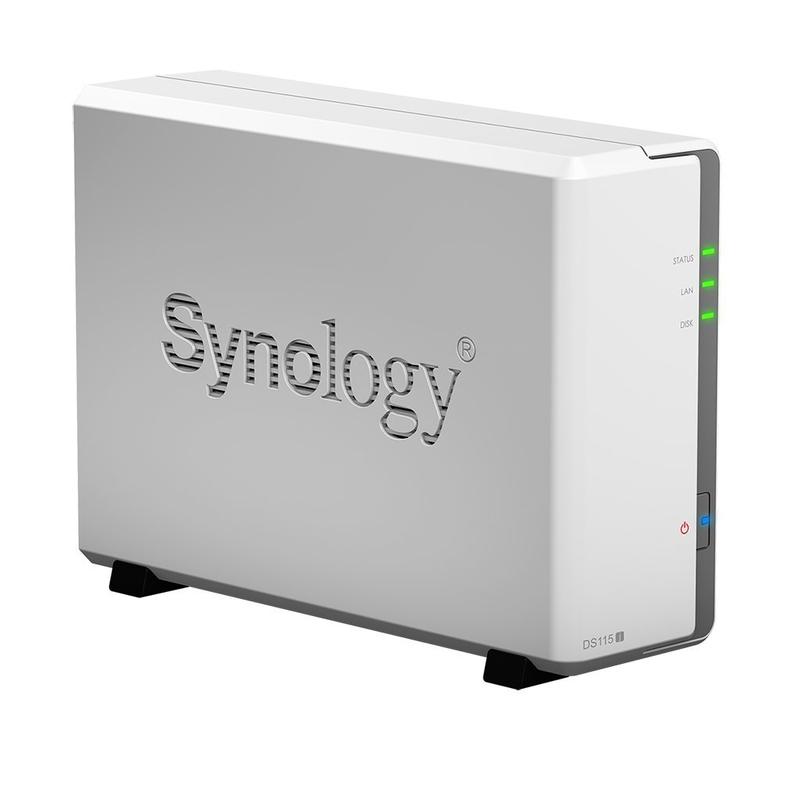
-
Rating:
- Reviewed on: 18 December 14
- RRP: £78
Synology has made headlines with its new cut-price DS115j, and its recommended retail price of just £78. The performance has also been cut, along with useful features like USB 3.0, but if you need these the DS114 is still in the range for around £140. And if you really would rather not spend that, the cheaper DS115j will take on basic storage tasks, and still perform faster than some more expensive competition.
6.
Netgear ReadyNAS RN212
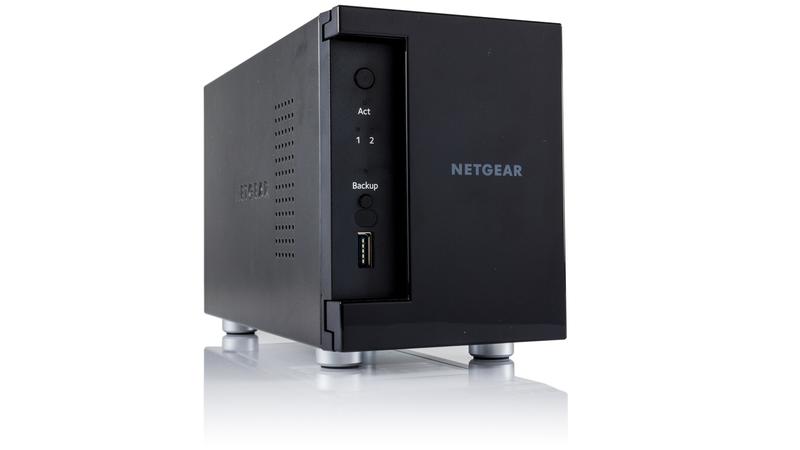
-
Rating:
- Reviewed on: 28 December 16
- RRP: £250.98
The Netgear’s physical design and is very impressive, but we were troubled by issues that meant it lacked the appeal of drives we’ve tested from QNAP and Synology. Not all disks can be installed in a tool-less fashion and the interface for installing and using apps isn’t the best we’ve seen, not is the range of choices. Performance is good, but the ARM processor doesn’t quite have chops to handle 4K transcoding. It’s a good NAS, but it would need to be cheaper for us to recommend it over the competition.
7.
Synology DiskStation DS216play
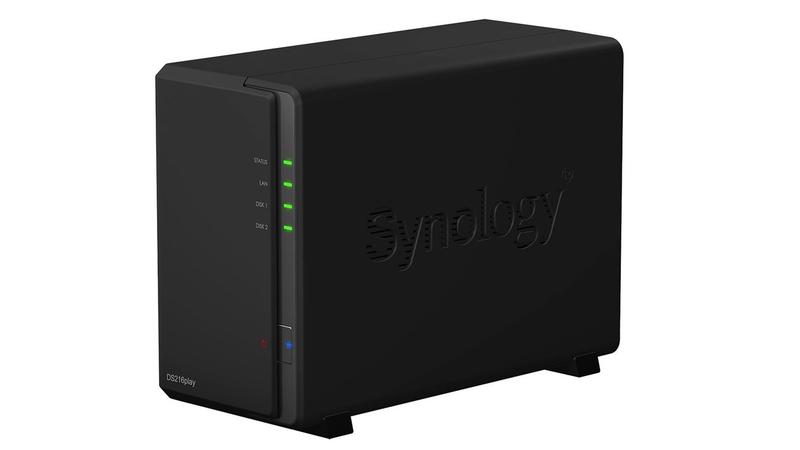
-
Rating:
- Reviewed on: 16 December 15
- RRP: £190, US$299.99
The 216play will likely be a disappointment to 214play owners wondering about an upgrade. It makes sense only if you have – or will soon have – lots of 4K content that you need to transcode on the fly. Its performance is good, but if you don’t need real-time transcoding, you may want to opt for a different DiskStation (or indeed another NAS entirely) which has the extra ports and SD slot which the 216play lacks.
8.
Synology DS414j
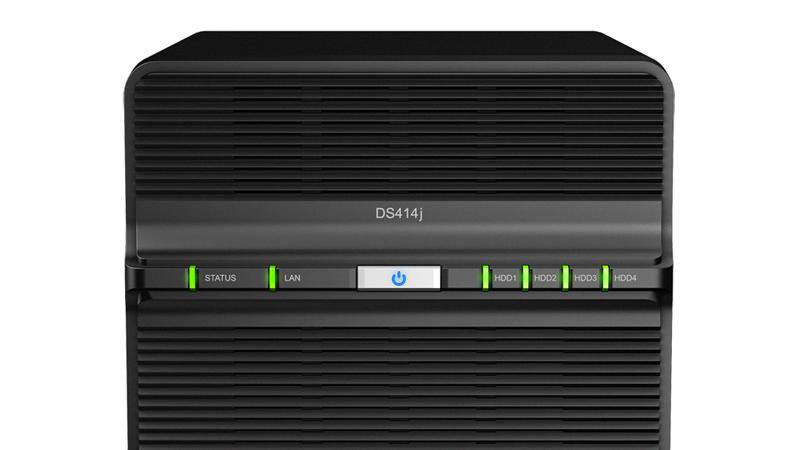
-
Rating:
- Reviewed on: 20 October 14
- RRP: £267, US$289
The Synology DS414j may not be the most glamorous of NAS drives, if indeed there is a candidate leader, but it is well-made and packs just enough power to not embarrass itself in basic benchmark tests for its file-serving speed. That it runs the same carefully wrought and versatile operating system as its dearer brethren is a definite plus, making it suitable for small-scale business use as well as being turned to home entertainment duties.
9.
Synology DS415play NAS
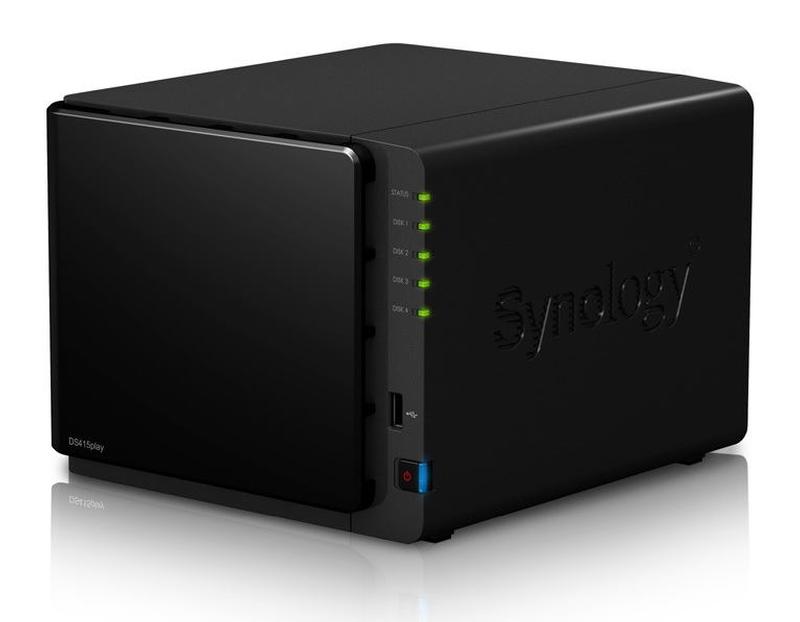
-
Rating:
- Reviewed on: 15 July 14
- RRP: £372
Synology’s RRP for the DS415play is £372 and at that price or the inevitably lower real shop prices the company should have a winner on its hands. The competing QNAP TS-469L is faster and has better specifications but is over £100 more expensive. When you combine the performance, price and the siren-like draw of DSM 5.0 this could be a crowd pleaser for the multimedia NAS market.
10.
WD My Cloud EX2
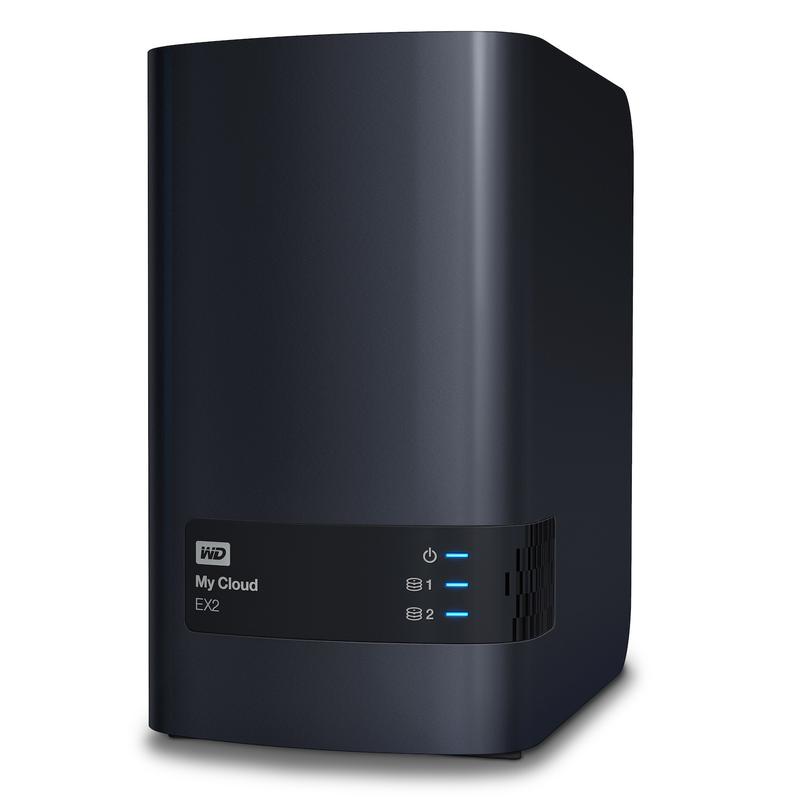
-
Rating:
- Reviewed on: 20 June 14
- RRP: £479
The WD My Cloud EX2 has a few minor faults, but it’s easy to use and provides good performance and reliability at an attractive price. There are more sophisticated NAS drives available for larger businesses, but the EX2 provides all the features that home users and small businesses are likely to need, and presents them in a straightforward manner that will appeal to people who might not have used a NAS drive before.




